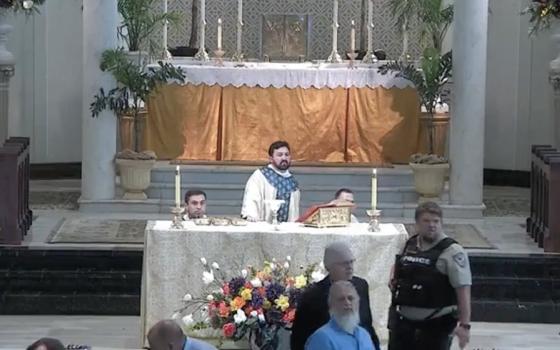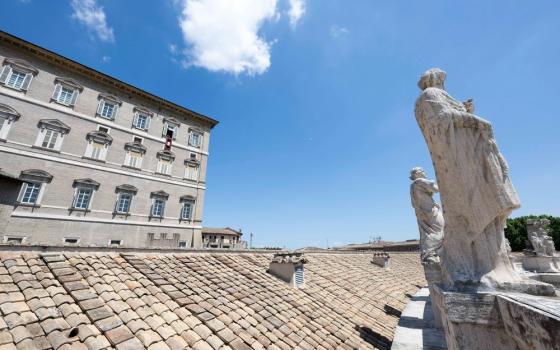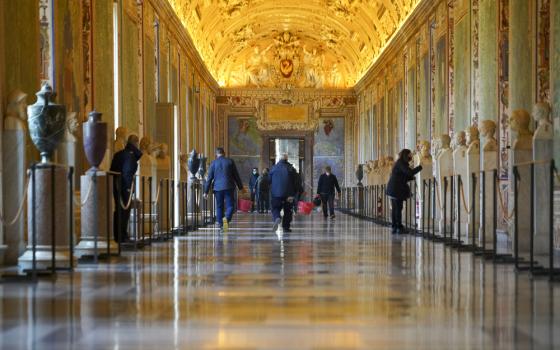FINDING BEAUTY IN A BROKEN WORLD
By Terry Tempest Williams
Published by Pantheon Books, $26
Terry Tempest Williams, a fifth-generation Mormon, is best known for her book Refuge: An Unnatural History of Family and Place. Now considered a classic in the environmental literature genre, that book interwove memoir and natural history, recounting her mother’s battle with cancer along with the concurrent flooding of the Bear River Migratory Bird Refuge near Salt Lake City, one of the author’s childhood haunts.
Her latest book is also a weave -- more accurately, a mosaic.
In fact, she begins in Ravenna, Italy, studying the ancient craft of piecing disparate elements together to construct mosaic art. She defines a mosaic as a conversation between what is broken.
 Her book is a piecing together of broken elements in our world. Taking the disparate subjects of the dwindling prairie dog population in Utah, the aftermath of Rwandan genocide, and her brother’s death from cancer, she reminds us through her anecdotes that our broken world can be woven back together “with the force of our moral imagination and the work of our hearts and hands.”
Her book is a piecing together of broken elements in our world. Taking the disparate subjects of the dwindling prairie dog population in Utah, the aftermath of Rwandan genocide, and her brother’s death from cancer, she reminds us through her anecdotes that our broken world can be woven back together “with the force of our moral imagination and the work of our hearts and hands.”
The book is heartbreaking in places. The magnitude of suffering she conveys after speaking with Rwandan genocide survivors is sometimes overpowering, yet I recommend this book to anyone who searches for meaning in our threatened world.
Williams avoids traditional political rhetoric, relying instead on the power of story to bring about change. We have lost the vital connections that bind us to the natural world and to each other, she believes. The consequence is spiritual famine. Society must find ways to rekindle the notion of community, which, for her, includes all of the planet’s life. She hopes to help “heal the fragmentation and divisions that separate us from nature, that separate us from ourselves, that separate us from God or the mysteries.”
The book’s center is a journal she kept while helping on a prairie dog study in Bryce Canyon National Park in central Utah. The Utah prairie dog is a threatened species, one that most likely is not going to make it to the next century. They have a lot to teach us about community. They are a keystone species, which means over 200 other species depend on them for habitat and food, from black-footed ferrets, to burrowing owls, to badgers, to mountain plovers.
“In the presence of prairie dogs I feel calm, safe, and reassured, sensing there is something more enduring than our own minds. I feel a peace that holds my heart, not because I believe this is better than the world we have created. I feel at peace because the memory of wild nature is held within the nucleus of each living cell. Our bodies remember wholeness in the midst of fragmentation.”
Our survival, indeed the vitality of the planet, depends on human mental flexibility and emotional acuity: “Hands raised. Hands put to work. We can improvise. We can create without a map. And we don’t have to live in isolation. The gift of an attentive life is the ability to recognize patterns and find our way toward a unity built on empathy. Empathy becomes the path that leads us from the margins to the center of concern.”
Another writer might have limited a book to that single topic, but Williams, a trained naturalist, is more ambitious; she wants to draw us into the interdependent web of life that covers the planet. “How do we find beauty in a broken world? How do we pick up the pieces and create something new, together?”
[Rich Heffern is an NCR staff writer. His e-mail address is rheffern@ncronline.org.]






